Uncovering Philippines' pre-colonial past: Dr. Baldomero Olivera's insights on Kalaga Putuan Crescent
Filipino chemist's research paper introduces lost Austronesian 'kingdom'
The period preceding the arrival of Magellan on the island of Homonhon in 1521 is traditionally regarded and taught as prehistoric in Philippine history. Since the Spaniards systematically destroyed all written records of the native population, information and archeological evidence are sparse, leaving little information about the economic, political, and cultural aspects of the early Filipinos.
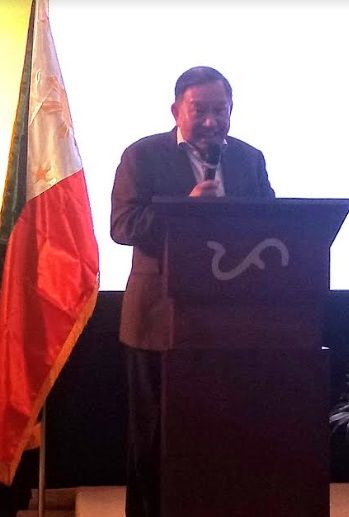
To enrich the collective understanding of the country’s early history, the National Museum of Fine Arts recently hosted a lecture by Dr. Baldomero M. Olivera. The lecture was based on his paper titled “Reconstructing Philippine History Before 1521: The Kalaga Putuan Crescent and the Austronesian maritime trade network.” In his paper, Dr. Olivera puts forward the existence of a lost Austronesian kingdom: the Kalaga Putuan Crescent (KPC).
According to his research, this kingdom existed as a cultural and political entity for over 13 centuries, as suggested by archaeological and textual evidence, ceramic analysis, and recent genetic studies.
The purpose of Dr. Olivera’s paper is to provide a better understanding of the Philippines’ pre-colonial culture, its scope, and regional significance. This understanding is based on recent genetic studies and ceramic evidence, integrated with textual evidence and archaeological findings predating 1521.
He cited data from two recent genetic studies that support a new framework for the origin and evolution of the diverse cultures in the Philippine Archipelago. These studies put forward the hypothesis that the Philippines were populated by five major waves of migration, of which the most important were the first (Australasians) and the last (the “Cordillerans,” a group originally from the South China area).
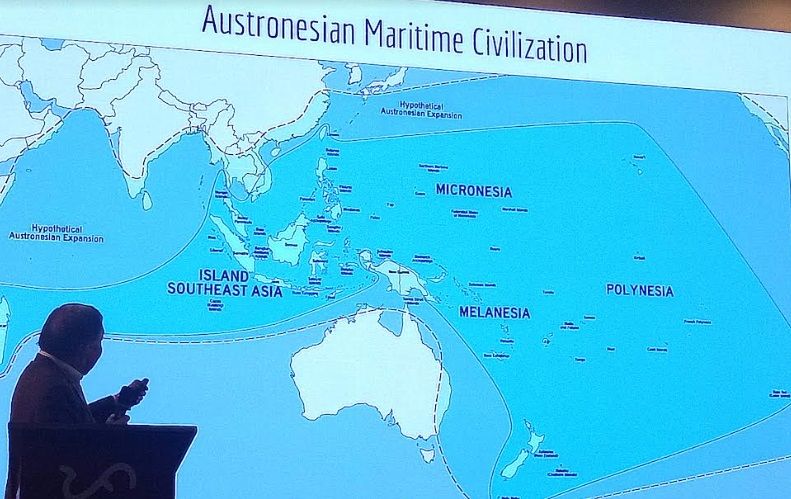
According to Dr. Olivera, the first evidence of the KPC is dated 250 A.D. and he further describes the kingdom as “a sophisticated maritime kingdom that flourished in the southeastern Philippine archipelago. Centered in Butuan (Caraga region), the kingdom formed a vital maritime trade triangle with the Srivijaya in Palembang (Indonesia) and Vijaya in Champa (Vietnam).”
The paper further suggests that “the KPC was an early site of innovation in the development of Austronesian maritime technology, leading to the emergence of the Central Maritime Triangle (the KPC, Champa and Srivijaya), a trade network that was central to the exchange of goods between the Spice Islands, China, India, the Middle East and Europe.” And that “the three Austronesian kingdoms were the essential core of the first truly maritime global trade network in the first millennium of the common era.”
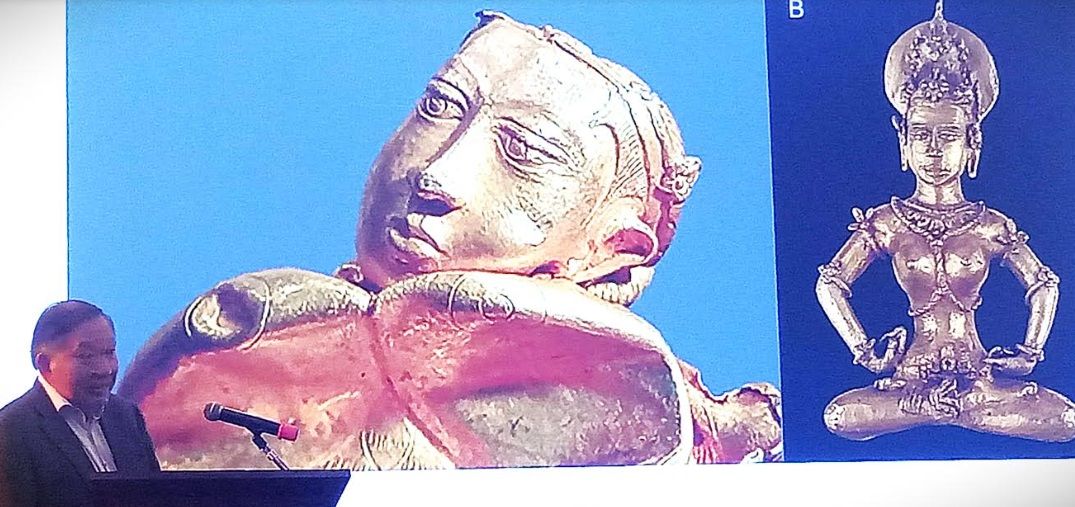
The paper cited the golden objects found in the 20th century, collectively known as the Surigao Treasure dated 800-1100 A.D., as earlier evidence for the trade connection that further indicates a sophisticated culture flourishing in Northeastern Mindanao.
These golden objects provide evidence for cultural exchange with the Hindu-Buddhist-influenced areas of Sumatra, Java, and the Malay peninsula that was controlled by the Austronesian kingdom, Srivijaya.
One golden object cited was the recovered golden Kinnari, a celestial female with the legs and wings of a bird from the Hindu-Buddhist pantheon. The most similar Kinnari is a Javanese bronze lamp, believed to be from the 9th-10th century.
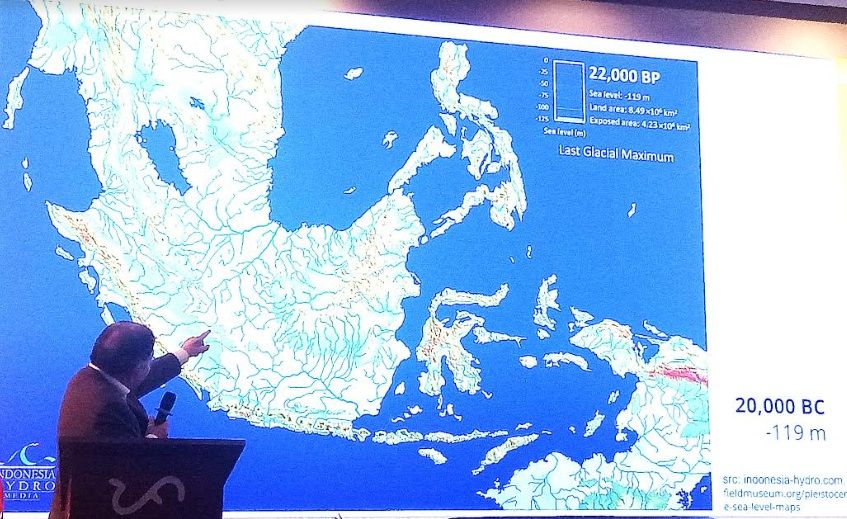
The paper also cites the large complement of ceramics from the Six Dynasties period (3rd to 6th century) that have been recovered in the Southeastern Philippine archipelago. In addition, there is also evidence indicating that “high-end Chinese ceramics were brought to the same region of Mindanao from the 9th to the early 11th century. Thus, there is diverse and robust evidence for an Austronesian kingdom in the Southeastern Philippines with strong trade links to Champa and Srivijaya, access to the Chinese domestic ceramic markets, and a shared Hindu-Buddhist cultural influence.”
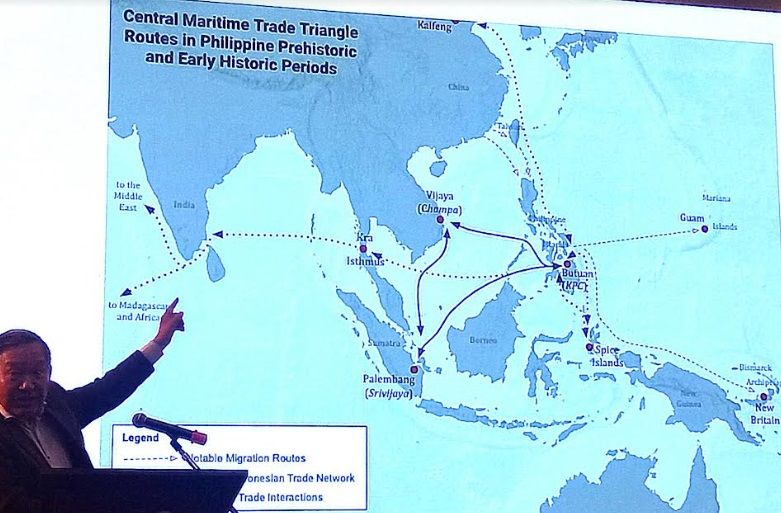
According to Dr. Olivera, these studies point to “the existence of a distinctive and highly successful maritime culture, which we refer to as the KPC that existed in the Southeastern Philippines, primarily on the large islands of Mindanao, Samar, and Leyte, over a millennium before the arrival of Magellan.”
At its cultural and political height, the previously unrecognized KPC was a sophisticated, technologically advanced, and influential center of Austronesian culture and maritime trade. The paper also suggests “that the KPC occupied a critical role, along with Champa and Srivijaya, in an extensive Austronesian trade network that was ultimately connected to early trade routes to the Mediterranean and Europe.”
Furthermore, the assertion is that the KPC continued as a recognizable political and cultural entity until the Spanish colonization.
Dr. Olivera’s paper was accepted by the Official Journal of the Philippine-American Academy of Journal of Science and Engineering on March 27, 2024. Dr. Olivera also calls for deeper archeological studies and encourages the use of technology in reconstructing the country’s early history.
“The use of distinctive Chinese ceramics as markers has the advantage of providing a date of origin and increasingly detailed information regarding the kiln….In addition, wooden objects can be dated by C-14 and DNA technology can provide information on plant, animal, and human remains.”
“Scientific advances in many disciplines make it possible for archaeology shortly to yield increasingly detailed information about the lost cultures that evolved in the Philippine Archipelago before the Islamic and Spanish Catholic intrusions,” he added.
Dr. Baldomero M. Olivera is a Filipino chemist and an alumnus of the University of the Philippines (UP) Diliman Institute of Chemistry. He was awarded an honorary Doctor of Science degree by UP in 2008. From 2007 to 2016, he served as an adjunct professor at the UP Marine Science Institute. He earned his Ph.D. from the California Institute of Technology and conducted postdoctoral research at Stanford University. Currently, he holds the position of Biology professor at the University of Utah.
Dr. Olivera previously delved into the Philippines’ early history in his book titled “A Lost Kingdom in the Philippine Archipelago: The Kalaga-Putuan Crescent, 250-1550 AD”, published in the US.